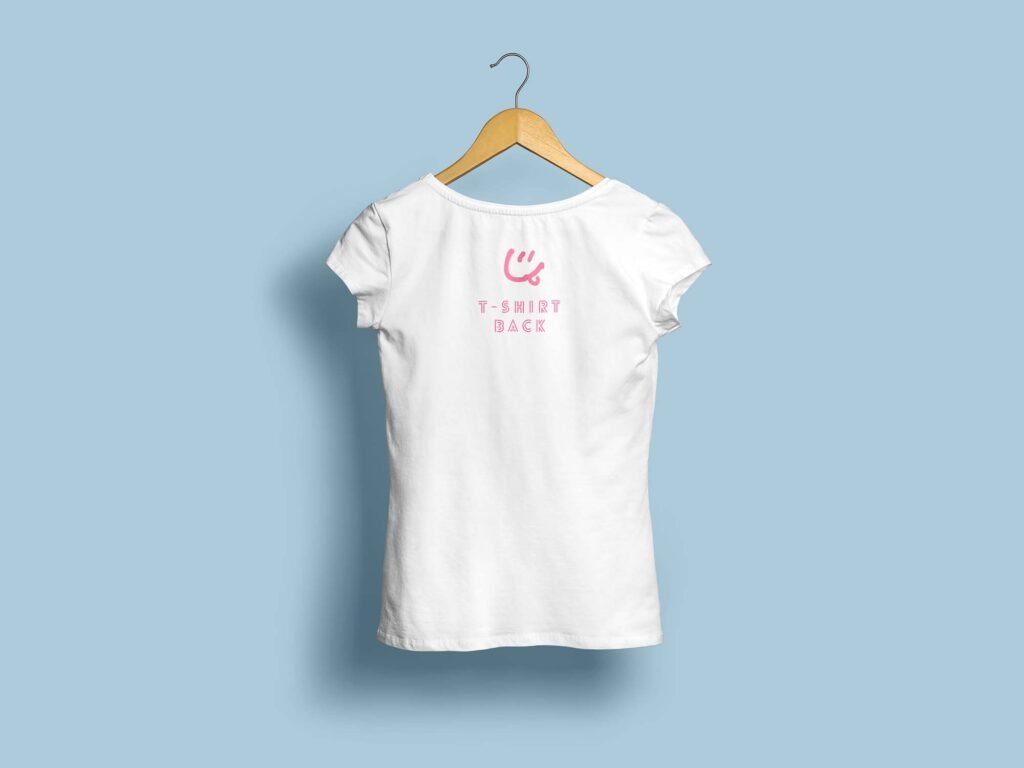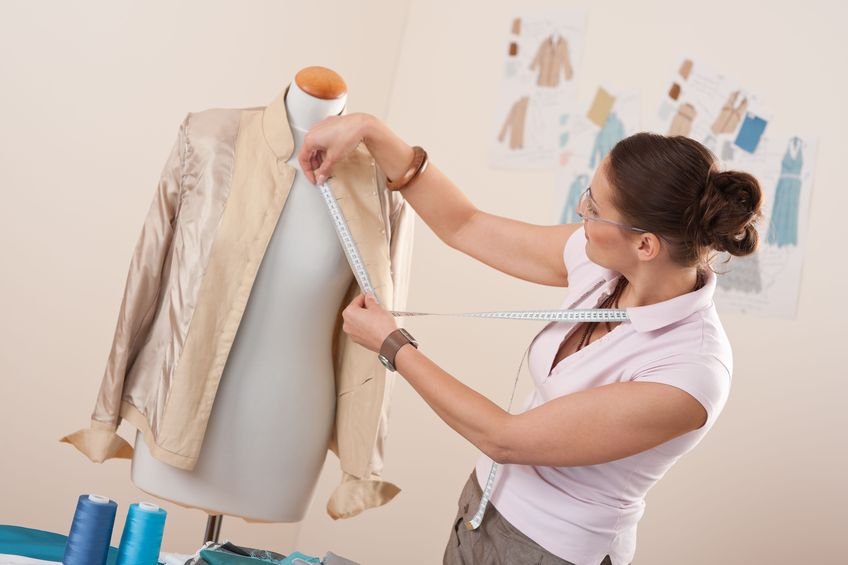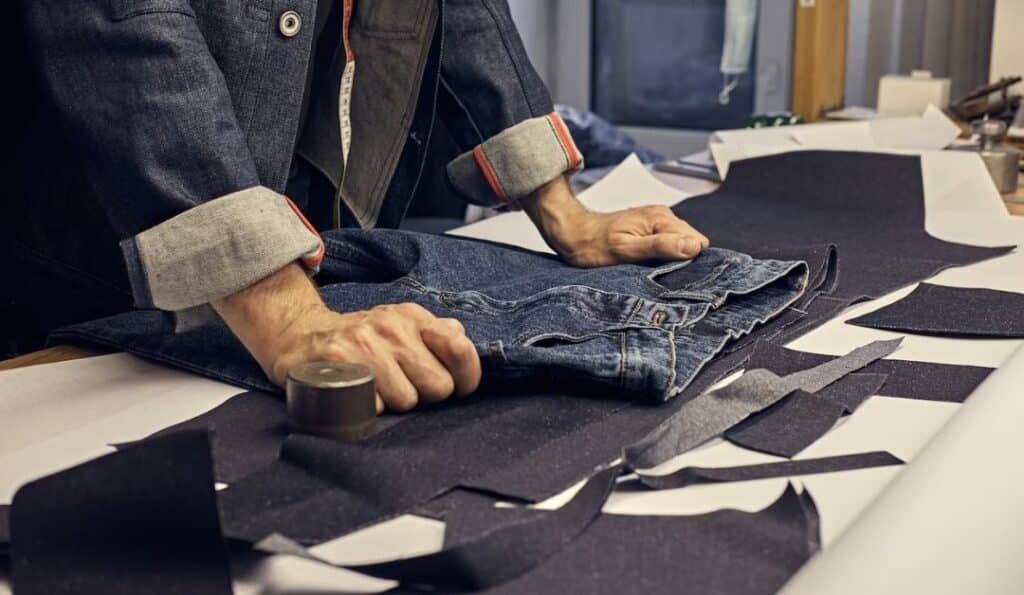Garment sample is one of the most basic and important terms in a clothing line especially when you want to manufacture garments for your clothing business.
Even though clothing manufacture is not a particularly difficult procedure in general, there are several stages that you must follow carefully before garments we can send out for production. Each of these steps includes a certain amount of sample preparation, testing, and altering.
There are a few different approaches to garment sampling, and it’s important to know and understand them all so you can figure out which one is best for your production needs.
A garment sample is a small piece of fabric or cloth that we used to illustrate a larger total. A swatch is a small sample that we have taken from existing cloth. Whereas a strike-off is a larger sample that we prepared as a trial to evaluate print production procedures. We use lab dip for plain-dyed fabrics, while a handloom that we used for yarn-dyed fabrics such as stripes and checks.
Swatches are an important element of the design process since they allow designers to demonstrate the sort of fabric to use, as well as how colors, different materials, and trimmings would seem in real life, before going to the expense of creating a whole design.
Many swatches of a textile manufacturer’s materials we can combine into a single sample book. It is only to show a wide range of available designs in numerous colors to potential customers without the need to have many rolls of fabric on hand.

Three Stages of Garment Sampling
There are normally three stages to developing samples with your factories. The first collection of samples refers to the design process. It comprises everything from concept through pattern creation. The second sample set that we have used in the evaluation phase is to finalize garment fit, estimate costings, and order quantities, among other things.
Finally, after the collection we completed and sent to production, you will need to double-check samples to confirm the batch’s quality and consistency. These samples are from the quality assurance phase. If not all, at least the majority of these samples require you to provide a high-quality product that will not only delight your customers but also help your company compete in today’s extremely competitive market. We’ve included all you need to know about garment samples right here!
Types of Garment Samples
Mock-up
The first interpretation of a designer’s idea is a muslin sample. Sometimes an idea will not transfer very well on paper as it will on fabric. Which is where a mock-up becomes useful. It doesn’t need trimming, and its main purpose is to see if the garment is wearable. Because not every design needs a mock-up, not every designer or manufacturer uses these types of samples.

Proto or Development Sample
The proto sample kickstarts the entire manufacturing process. Factories either follow the original sketch or the designer’s tech kit. The goal is to only look at the style and design aesthetics, therefore it doesn’t have to build to the exact specifications.
Depending on availability, any fabric and trim with a similar weight we can utilize. We make three prototype samples: two for the brand/designer’s reference and one for the factory’s reference.
Digital Garment Sample
A digital sample is a 3D software model of the garment that allows the fit and fall of the garment that we can visualize in both stillness and motion.

However, this technology’s limitations may include a difficult period of adjustment and a proper cost-benefit. However, if firms can overcome this, 3D may drastically reduce the cost of sample production and the time it takes for designers and factories to approve designs.
Fit Sample
We manufactured Fit samples in accordance with the sizing required by the brand to ensure the proper fit and fall of the clothing. To pass the fit evaluation, the measurements and construction must be accurate and correct. The fit sample that constructed from the same fabric as the final design. Numerous alterations may require before we accomplish the correct fit.

You simply need to include sample size specifications in your tech pack at this point.
Size Set Sample
Following the approval of the fit sample, the base pattern for each size we must grade. So that samples for the whole size range we can make. Three samples of each size that we prepared using the fabric and finishings specified for the final product in a size set sampling. When the brand approves the factories, bulk production can begin.
In your tech packs, including the exact specifications for your complete size range.
Salesman Sample
The salesman samples, also known as SMS, are samples that we utilized in the marketing and promotion of a product line. We created them in the specified basic sizes with the final fabrics and finishing touches. They typically display them in retail stores or at trade exhibitions in order to generate orders from specific retail channels.
GPT Sample
The GPT sample is a production sample delivered for the “Garment Performance Test”. They use these samples for a set of tests that a company wants to run before going into production with the styles. Seam strength, seam slippage, colorfastness, and wash fastness are some of the tests that can be performed.

Pre-production Sample
A pre-production sample is the first sample that we produced on the factory’s real production line. We make it by using the real fabrics used in the design. We finished it according to the order’s measurements, embroidery, and washes. It’s a factory test, and they can only move forward with mass production once they get authorization from the brand.
Sealed Sample
After the brand approves the PP sample, we seal it to avoid factory tampering. It is now the standard for bulk manufacturing. Depending on the brand’s approval or rejection, they’re also known as gold-seal samples or red-seal samples.
TOP (Top of Production) Sample
Following the approval of the PP Sample, which signifies the commencement of production, a brand’s Quality Control inspector can visit the company at any time and inspect a garment from the production line. These samples are known as “top of production or TOP samples,” and they are examined to ensure that the bulk production meets the PP sample’s quality. The packing of TOP samples is also examined.
Shipment Sample
The factory sets aside a few samples as shipment samples once it completes the bulk manufacturing. Then the cargo is boxed, packed, and ready to ship. These are used to test the final product that will be delivered to the brand, from folding to packaging. Many brands will only allow samples to be shipped if they pass this test.
Press Samples
Press samples are exact copies of the finished tradable product, usually in the sample size of a model. They use it for photographing promotional materials such as advertising campaigns, look books, and e-commerce. They can lend to publications for editorial photo shoots.
So, you have probably understood all the necessary information regarding garment samples. If you want hassle-free garment production with garment samples, the Beautiful Connection group would do all this for you. They manufacture customized clothing for business owners and they do maintain everything about garment sampling. Beautiful connection group is one of the best clothing manufacturers in the USA for women’s clothing.

